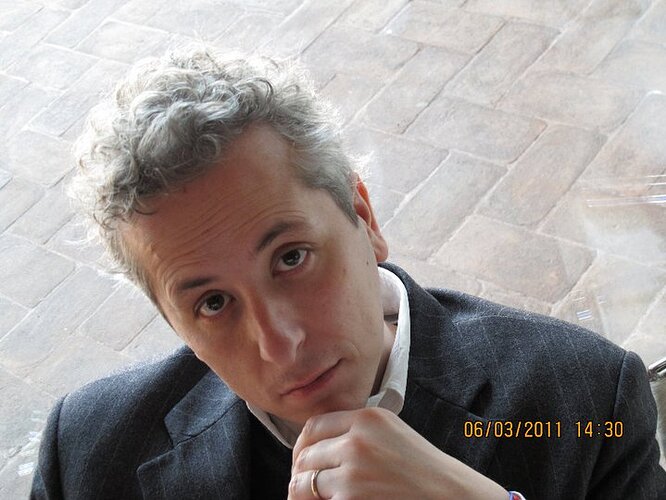Every week we Shine Some Light on fabulous Edgeryders to tell the world about their amazing projects and help connect them with good people and ideas to take them to the next level. Do you have a project or challenge you would like us to highlight this way? Put it on the Edgeryders map!
As a young man while finishing his studies, Renato served as a town councillor. This seemed to completed his move from a humanities into economics and he ended up specializing in evaluation and monitoring of public policy… This also enabled him to work independently and with the all-important contribution from like-minded people willing to share some risks with Renato, that then morphed into a company. Capacity works for Renato: he can do things that long-time employees of public AND private organizations can’t. They depend on people like him to function. So Renato and his peers can consistently make a living.
Renato is currently exploring how to enable collaborative monitoring and evaluation of public policies as well as programs and projects funded by public money- together with his team he has created an online tool* and methodology to do this. Why does it matter? Because this contributes to making public policy more transparent and accountable. Renato’s challenge is that bureaucratic obstacles make it difficult to run a sustainable business as a small company in their field, even though they are recognised as being good at what they do. And even though they are making a valuable contribution.
Do you have any experience to share as to how to survive public procurement processes when you are a small creative business? Help the evaaluation model and Renato by sharing your experiences!
Post them as a comment below (you’ll need to be signed in) or email them to: edgeryders@gmail.com.
* Renato’s description of how the SVM online tool works:
The way it works is: 1) the evaluator structures data set with the governance of program/project, selecting what they want to monitor and how to collect this data in time since the start to the final steps of the iniziative; 2) Governance decides who is/are person/s that leads the process; 3) the evaluator explains to him/her how the tool on line can be used and what can be extracted from it (pivot in excel, graphics ecc…) to comunicate inside and outside the organization; 4) the data collection process begins when the program/project begins, and data base, as a digital whiteboard, grows up in time; 5) Evaluator and governance can select the way to use that data base in progress that’s been created with the contribution of people involved in this project/programm: it can be used to do periodical public or private reports, to summarize the most important data of that monitored period (not only the economic ones), to extract in every moment pivot with statistic elaborations, to do graphics, to analise the satisfaction of people involved in and peolple who use what the program/project create (pubblic services for example).
